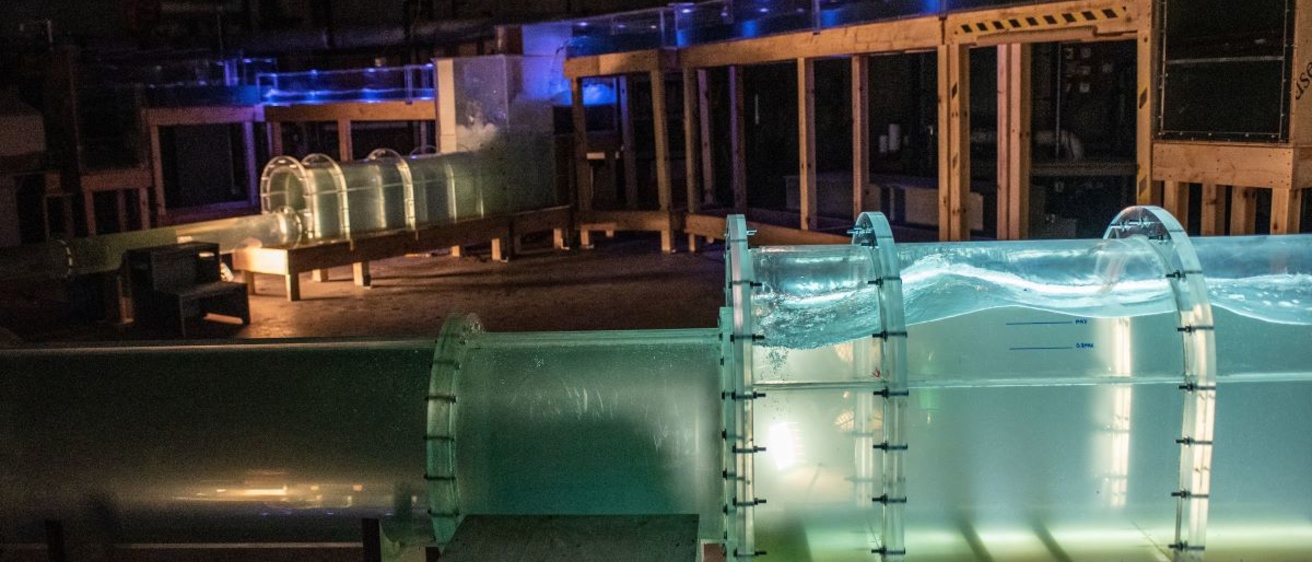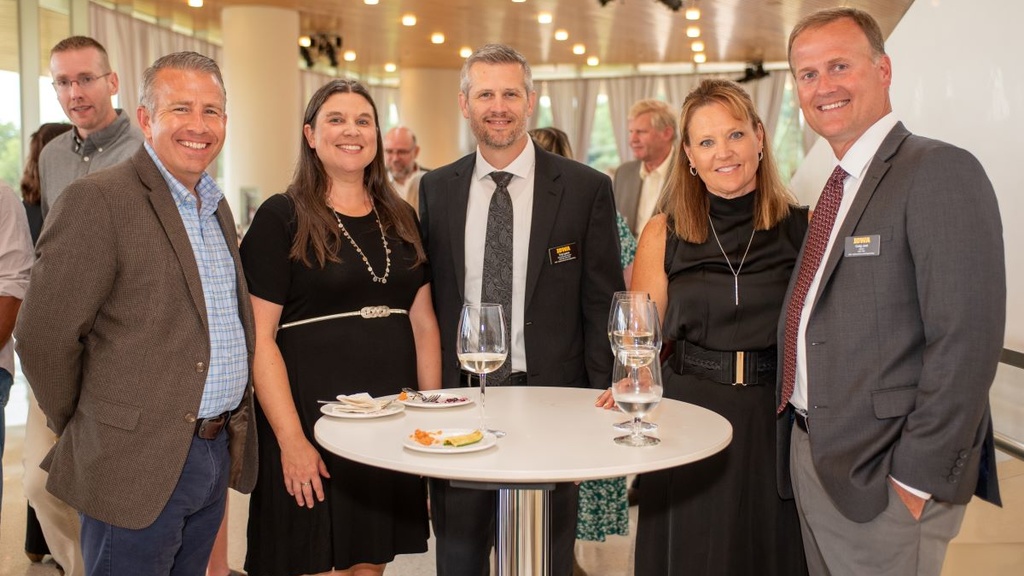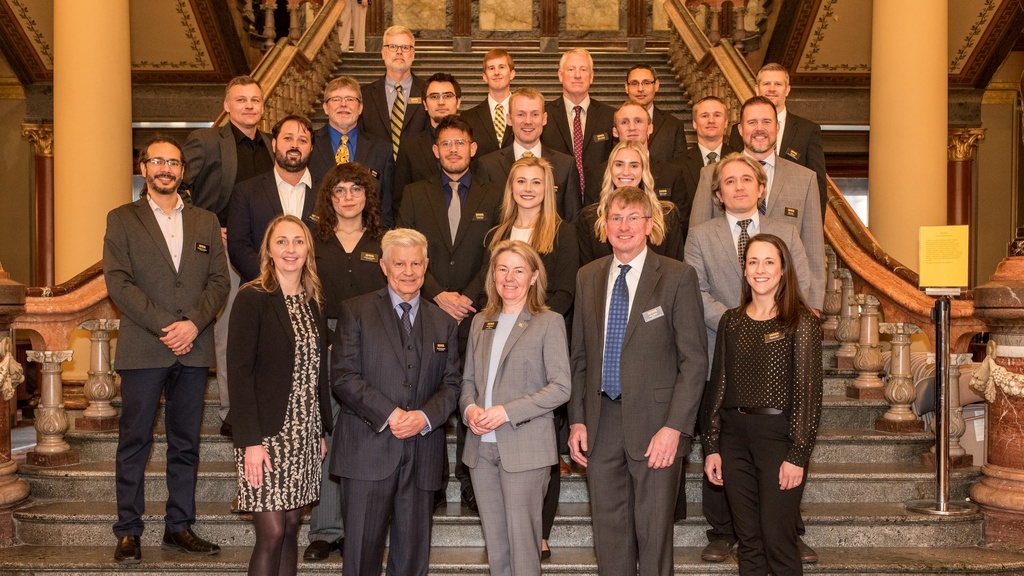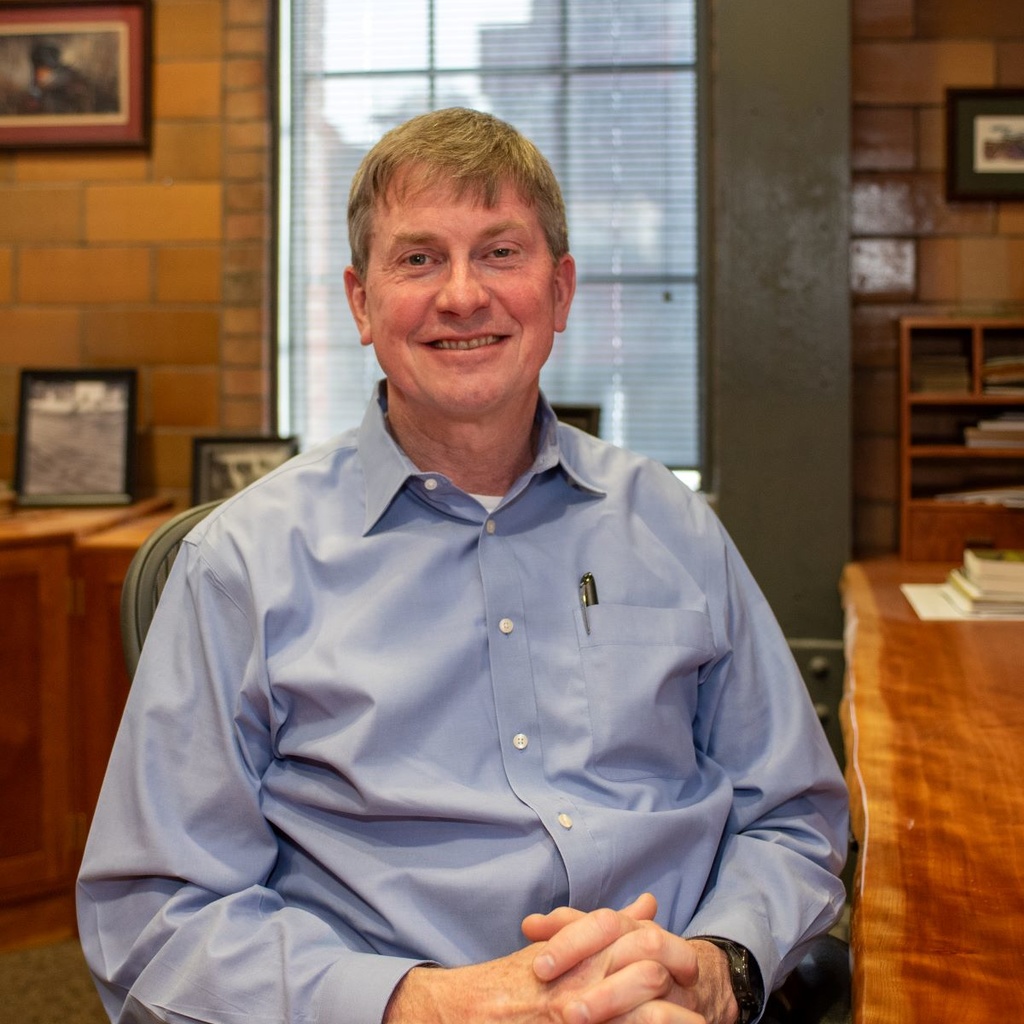
From the director
Following our centennial celebration, we’re in the midst of reimagining IIHR’s next 100 years.
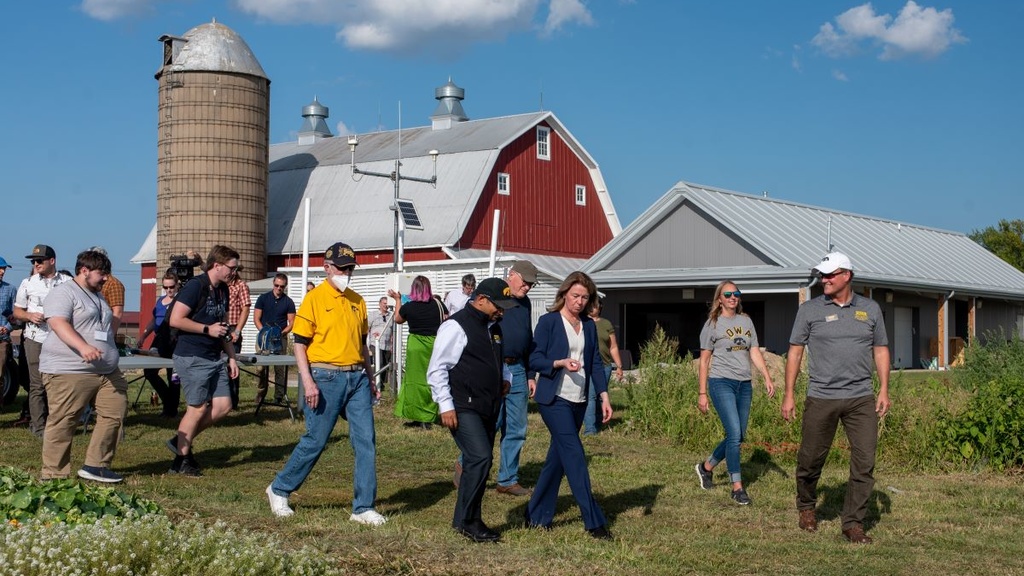
Lab notes
Bridging waters
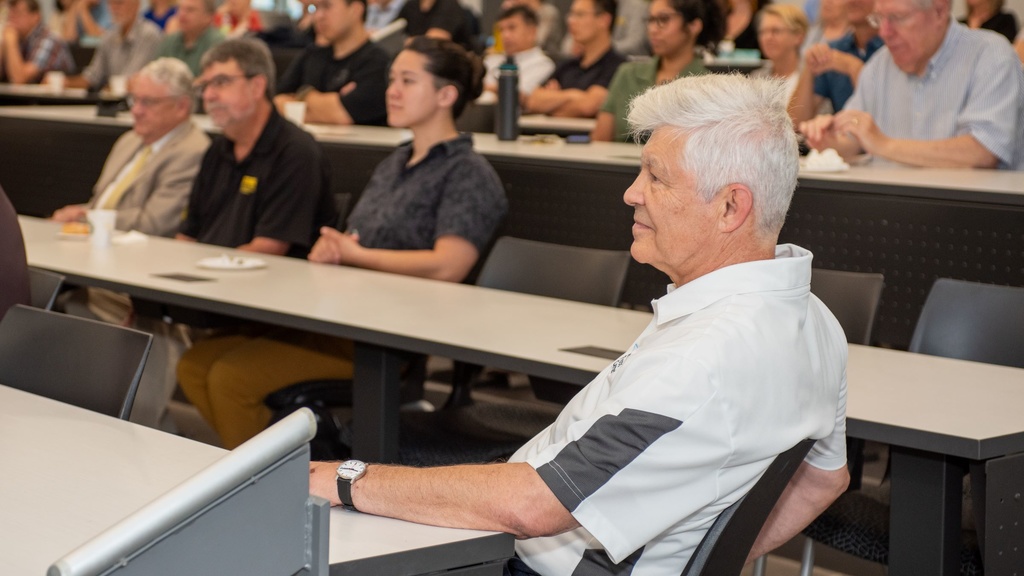
A strong purpose
Marty St. Clair

Sandy Gerard
IIHR welcomes new researchers
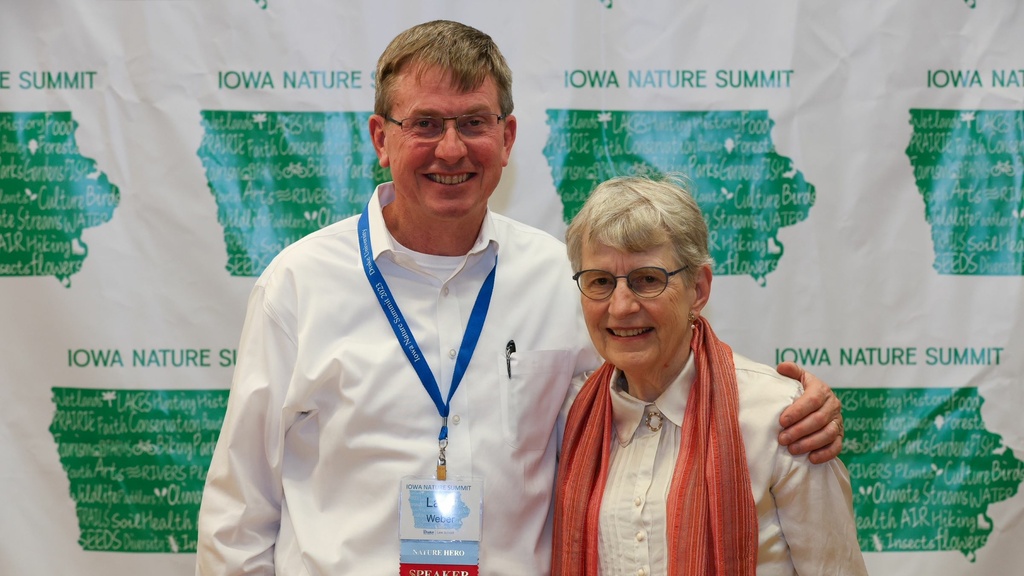
We are IIHR
IIHR student profiles
In keeping with tradition, IIHR graduate students are of paramount importance in advancing fluids-related research to address evolving societal needs and challenges. The transformative educational experience they receive at IIHR prepares them to become future leaders capable of finding innovative solutions to support the demands of the 21st century.
Lily Kraft
Lily Kraft’s research is turning the tide toward a more equitable future for those most impacted by floods, who often lack the financial and social resources to recover. As a civil and environmental engineering PhD candidate, her research shows flood-affected areas of the country where federal aid following a disaster is being under-accessed, traditionally by underserved populations. “For some populations, simply accessing financial resources or knowing where to find them can be a challenge,” says Kraft. Looking at flood risks for tribal communities, Kraft models past flood events in comparison to filed flood insurance claims to see if areas impacted have unreported damage. “Given climate change and increased flooding, this research will help to protect those most at risk.”
Maxwell Hammond
Maxwell Hammond’s research focuses on octopus-inspired robotics. The fourth-year mechanical engineering PhD student from Indianapolis, Indiana, explores soft robotics, a cutting-edge technology with the potential to revolutionize areas such as underwater exploration or the precision of surgical procedures. Soft robotics replaces rigid components with soft components; instead of having metal links, you may have a system with silicon continuums. “Traditionally, you have electromagnetic motors moving distinct sections of robotic systems,” says Hammond. “In the silicone system, there’s not one single revolute joint that you’re moving — it’s more one continuous movement along the system.” Hammond’s work focuses on modeling those systems digitally to come up with paths for them to follow to execute a task safely. Though his lab team is small, there’s a great deal of collaboration that has advanced his research. “It’s great having a cooperative community here — everyone is interested in learning from each other.”
Emily Schmitz
For Emily Schmitz, what Iowa lacked in warmth, it made up for in community. The Austin, Texas, native received a PhD in civil and environmental engineering, studying how to use unique bacteria naturally found in Iowa’s rich agricultural soils to treat waste and pollutants in the environment. The microbes Schmitz worked with consume nitrates, nitrites, and various other greenhouse gases. “Environments and ecosystems can act like self-cleaning ovens,” says Schmitz. “We know nitrate is present in Iowa soil and contributing to water pollution. An innovative solution to addressing this environmental challenge is to use what is already present in the soil — bacteria.” As a recent graduate, Schmitz reflects on receiving a well-rounded engineering training experience that emphasized science communication. Looking back, it’s the people she’ll miss the most. “The friendships that were fostered are the ones that will continue.”
David Ramotowski
In a state where corn is king, David Ramotowski is exploring new uses for the cash crop as a method to clean up toxic polychlorinated biphenyls, or PCBs, from the environment. Ramotowski, a PhD student in the University of Iowa’s civil and environmental engineering program, is working to grow specific bacteria that can break down PCBs in the soil and reduce their emissions into the atmosphere by more than 50%. The bacteria are grown on the surface of biochar, a charcoal-like substance made from organic material — in this case, corn. Ramotowski is part of the Iowa Superfund Research Program that studies the impacts of PCBs on human health as well as cost-effective and efficient ways to remediate them. “It’s neat thinking that this research could have the possibility to reduce cancers and other ill effects caused by these chemicals,” Ramotowski says. He is the winner of the University of Iowa’s 2023 Three Minute Thesis competition that challenges students to communicate their research in an easily understandable way — a four-year running title held by IIHR students.
Carlos Erazo Ramirez
Carlos Erazo Ramirez, a PhD student in civil and environmental engineering (CEE), is far from his native Honduras, yet unmistakably in his element. His journey to Iowa City was motivated by the mentorship of CEE professor Ibrahim Demir and his cutting-edge research. “If Ibrahim was in Alaska, I’d be in Alaska too,” says Ramirez. His focus is on hydroinformatics and water information systems through the development of web libraries and applications leveraging state-of-the-art technologies. Ramirez hopes his work will improve the use and accessibility of hydrologic data for academics and researchers to advance flood disaster planning and preparedness. As a graduate research assistant at IIHR, Ramirez values the sense of community and collaboration. “Everyone’s working toward the same goals together.”
